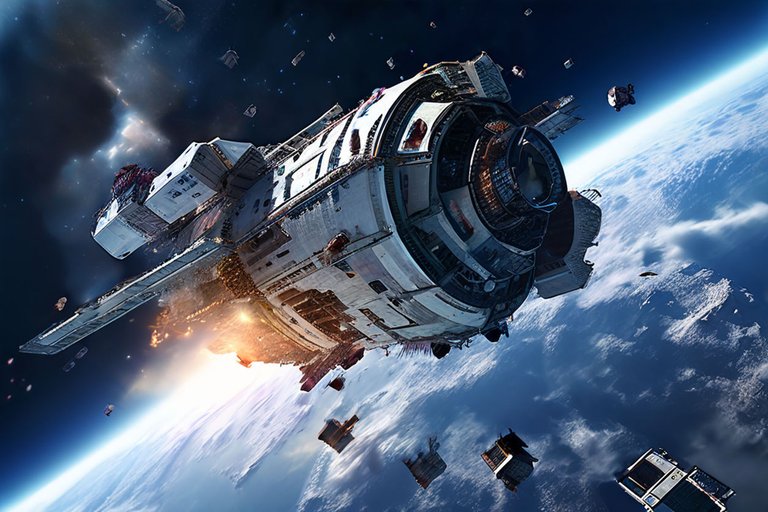Technical evaluation of destruction alternatives for the international space station
Technical evaluation of destruction alternatives for the international space station.

In a document that accompanies the NASA announcement, it is explained how the unfortunate conclusion was reached that the best option is to destroy it and these are the alternatives that were considered before reaching that conclusion. First, the option of uncontrolled re-entry was considered. The atmosphere at 400 km altitude, which is where the station's orbit is, is very tenuous, but it is still enough to slow down the objects that are in orbit.

Souce
Another option that was considered was to dismantle it in space and bring its parts back to Earth in vehicles. We do not need to know much about the aerospace issue to imagine that this would be very expensive and therefore this option is ruled out, but there are interested organizations. in preserving small parts of the station for their historical value such as the Smithsonian museum, the National Air and Space Museum and other organizations that are already coordinating this with NASA but on a small scale to bring artifacts, not complete modules, and make them part of their exhibits .

Souce
Raising its orbit just 200 km would increase its duration in orbit by 100 years before falling to Earth, that would be fine, it would remain intact as a kind of space relic, this possibility was ruled out because the higher the orbit, the more likely it is that the station is hit by other objects in orbit.

Souce
This graph shows how the station without the ability to make evasive maneuvers at its current altitude would spend 51 years before being destroyed by a collision, but in a higher orbit, for example at 600 km, it would be destroyed in just 11 years and at 800 km it would be destroyed in 4 years, therefore that is not an option either and NASA decided on the last option, controlled re-entry.
The images without reference were created with AI
Thank you for visiting my blog. If you like posts about #science, #planet, #politics, #rights #crypto, #traveling and discovering secrets and beauties of the #universe, feel free to Follow me as these are the topics I write about the most. Have a wonderful day and stay on this great platform :) :)
0
0
0.000
Thanks for your contribution to the STEMsocial community. Feel free to join us on discord to get to know the rest of us!
Please consider delegating to the @stemsocial account (85% of the curation rewards are returned).
You may also include @stemsocial as a beneficiary of the rewards of this post to get a stronger support.